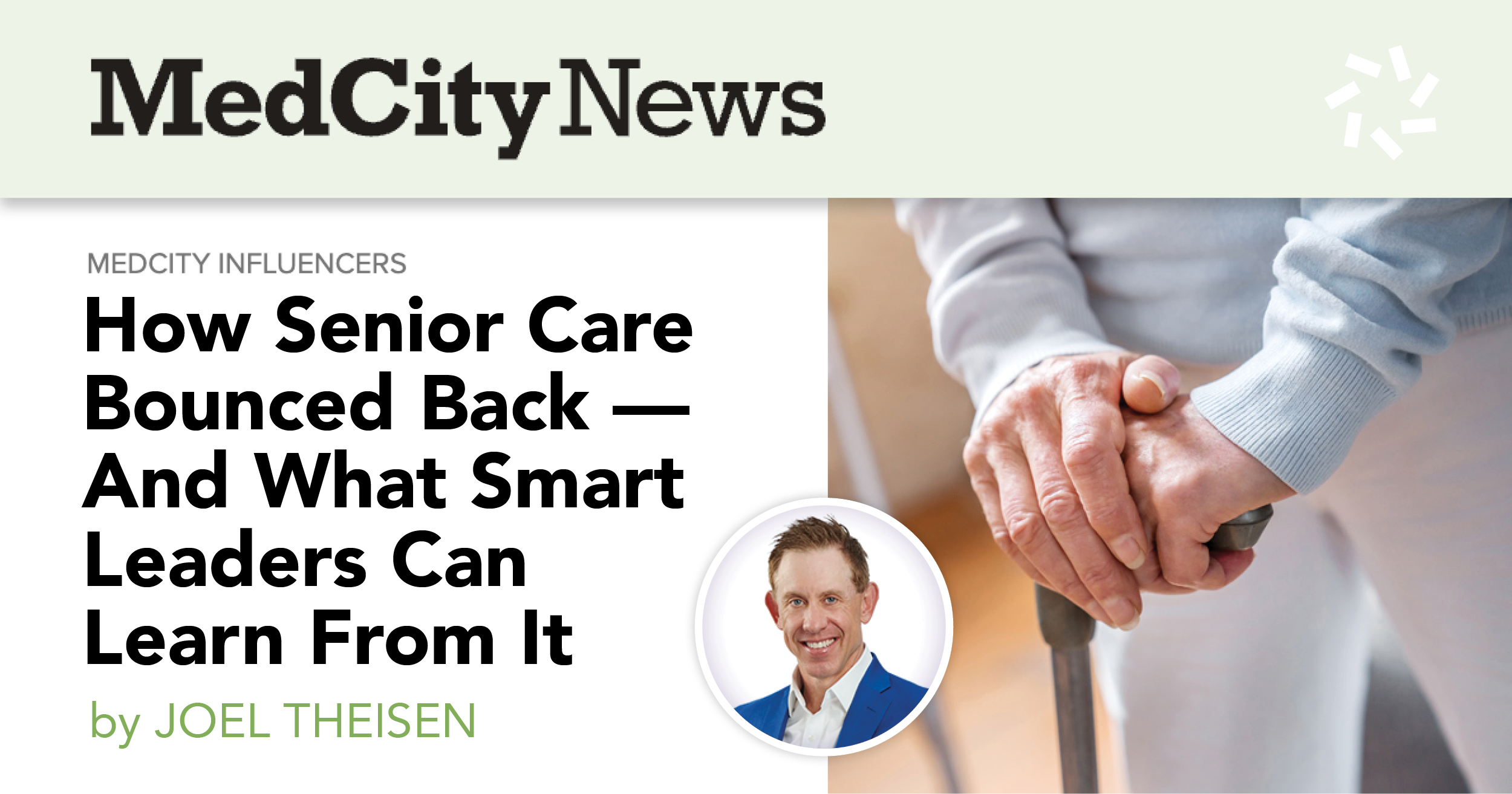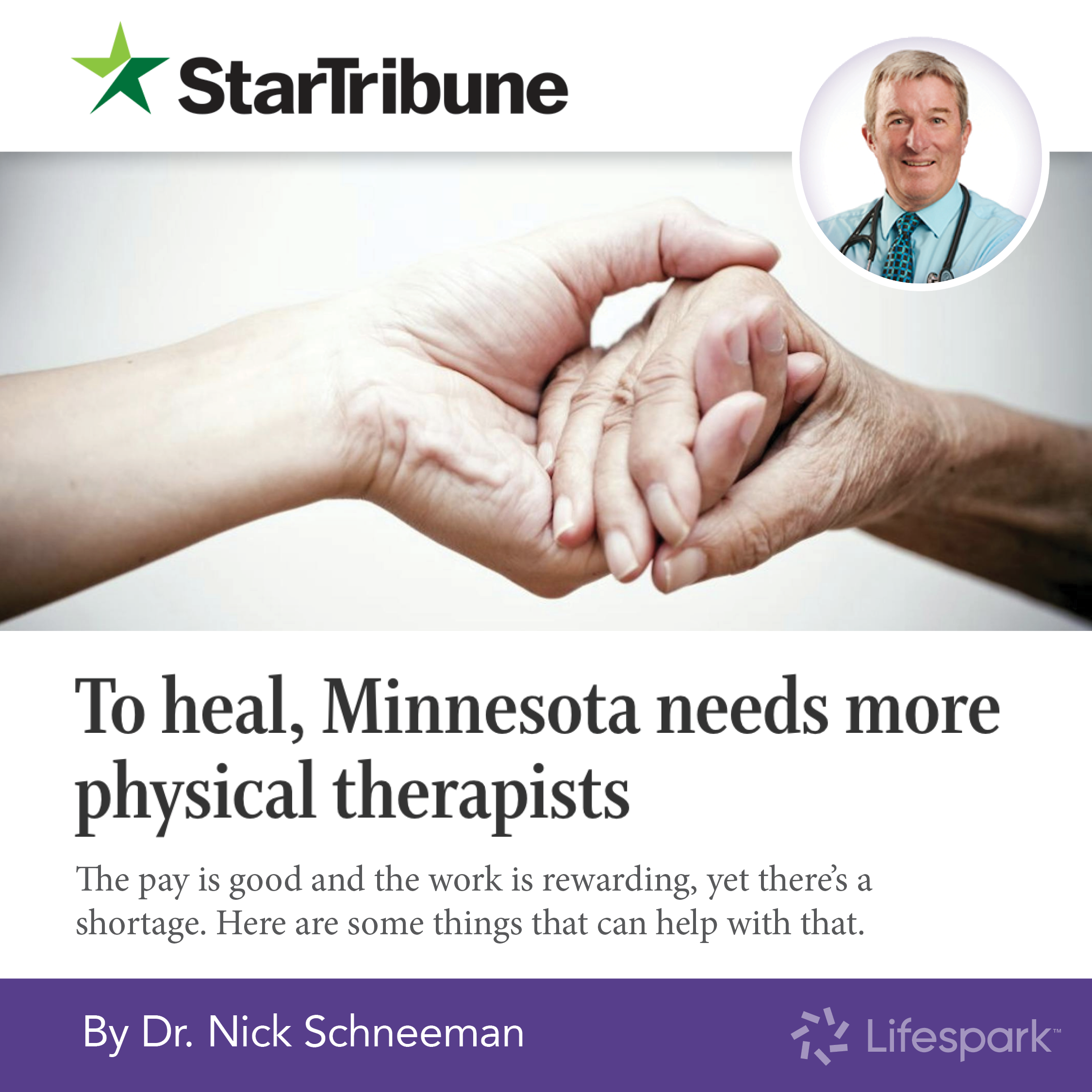
Throughout his 35-year career, Dr. Nick Schneeman, Lifespark Chief Medical Officer, has continually been struck by the wide variance in what people want when faced with serious illness. “It doesn’t matter if it’s heart failure, cancer, or dementia, two people at the same stage of disease with the same perceived level of suffering will make very different choices about their care—provided they’re heard, informed, and allowed to be who they are,” he said.
The problem with “usual care”
Unfortunately, that’s not how usual care works. According to Dr. Schneeman, health care professionals are trained to respond to symptoms and data, such as low potassium, rapid weight gain, or imaging results. What’s missing is the whole-person recognition of what the individual may or may not want.
The issue isn’t just a matter of training, however. The usual care system doesn’t reward providers for taking the time to listen to their clients, gain their trust, and discuss their options, based on the person’s wishes and beliefs. The opposite, in fact. “A primary care doctor who sees 28 patients a day makes more money than one who sees 22 people, even though the physician with the smaller case load may be providing a better client experience AND saving the health care system enormous amounts of money,” he said.
Caring for complex clients
Admittedly, it takes time and effort to connect with clients in a way that can lead to in-depth conversations about what motivates them to get out of bed in the morning—or not. “But when you understand their goals, taking care of people with complex health issues is much easier,” Dr. Schneeman said. “If I know that my client doesn’t fear dying and is more focused on quality of life than only living longer, I don’t start chasing a new symptom with reflexive tests and treatments based on guidelines.” Instead, he tailors the tests and treatments to support the person’s individual goals of care.
Practitioner training
To address the training gap, Dr. Schneeman and his team designed a serious-illness training program that teaches a Five-Step Family Conference method for building strong relationships with clients and their loved ones while identifying their goals of care. Using this five-step method, practitioners deliver client-centric acute care plans, in-depth medication reviews, collaborative management of subspecialists, and most importantly, the outcomes and experiences that clients desire. All Lifespark practitioners take this course.
Rewarding vocation
For Dr. Schneeman, whole-person senior care is immensely rewarding and fun—a stark contrast to what he calls the churn-and-burn environment of the usual care system. “It’s demoralizing when practitioners get all of 20 minutes to treat a person’s complex diagnosis – someone who’s got dementia, incontinence, low blood pressure, a history of falls, five different subspecialists, and a stressed-out daughter who can’t manage her mother’s chronic illnesses,” he said. “That’s what burns people out.”
Although it’s been a challenge to convince older physicians to break away from usual care and try a more holistic approach with a focus on geriatric medicine, Dr. Schneeman said that younger clinicians, especially millennials, are increasingly attracted to Lifespark’s whole-person model. “Whether you’re a medical assistant, registered nurse, nurse practitioner, physician’s assistant, or doctor, when you’re given the time and support you need, this can be an extraordinarily rewarding vocation.”
If you’re seeking a more holistic, person-centered approach to complete senior health, we’d love to meet you! Check out our Careers page or learn more about us on our Partners page.




